For those wondering if I am still covering East Village red-tailed hawks, Christo and Amelia, the answer is Yes!
After hawk nesting season drew to a close in September, hawk activity dropped off and there's not much to report. I can say that the fledgling who was taken into rehab in September has been released back into the wild, although not in Tompkins Square Park. To return her there at this point in the year would risk her being chased off by her parents, who are likely to be territorial as their next nesting season starts up. Christo and Amelia raised their offspring as best they could, WINORR did everything they could to help her regain her strength, and she is on her own now.
The adult hawks should start courting behavior in January. Until then, I'm going to post more Florida birds.
I saw my first Wood Stork on a trip to Florida a few years ago and I was so captivated by it, I hoped to have the opportunity to see more during this last trip. I was expecting to see some hanging out in wetland areas, so imagine my surprise as I came upon twelve in a city park!
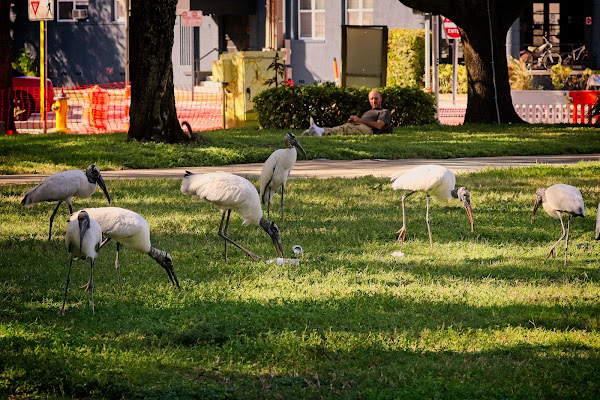

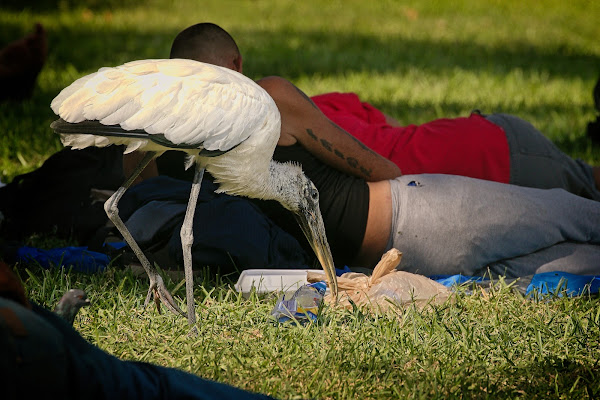

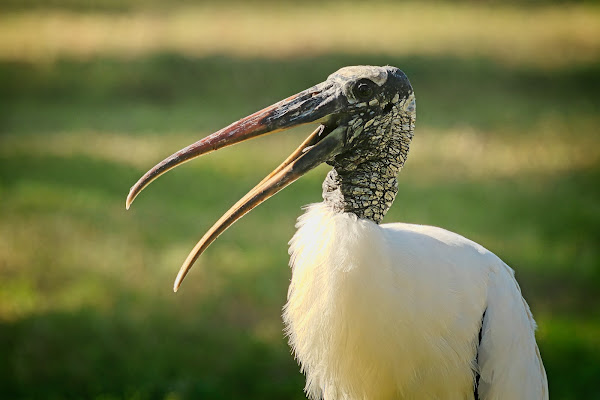






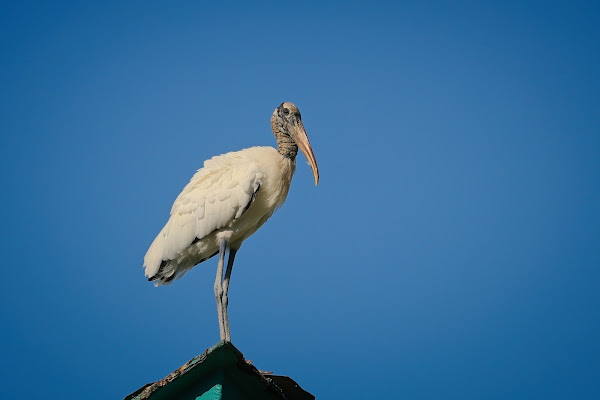
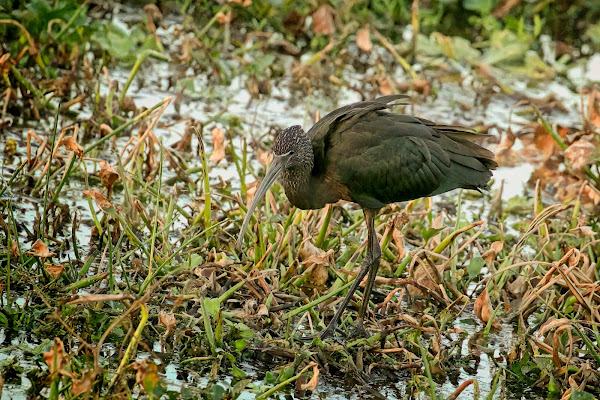
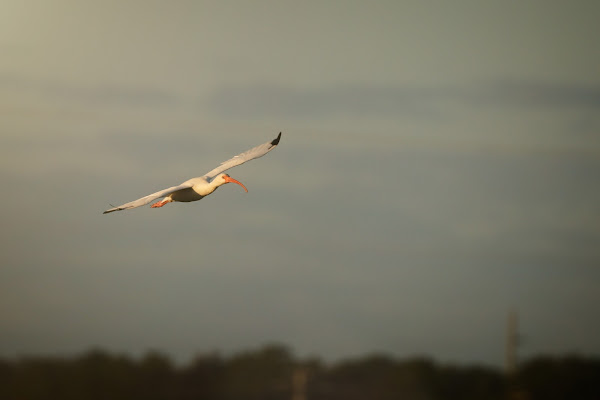
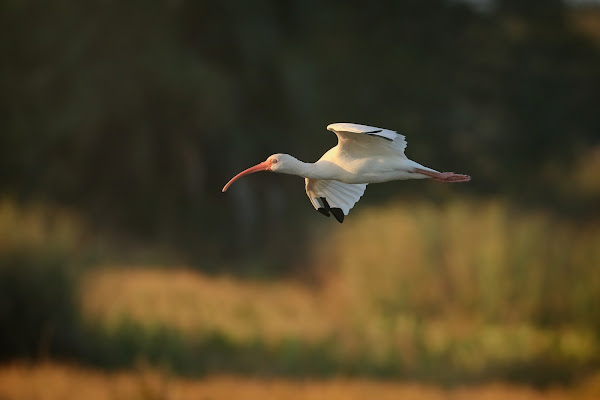





No comments:
Post a Comment